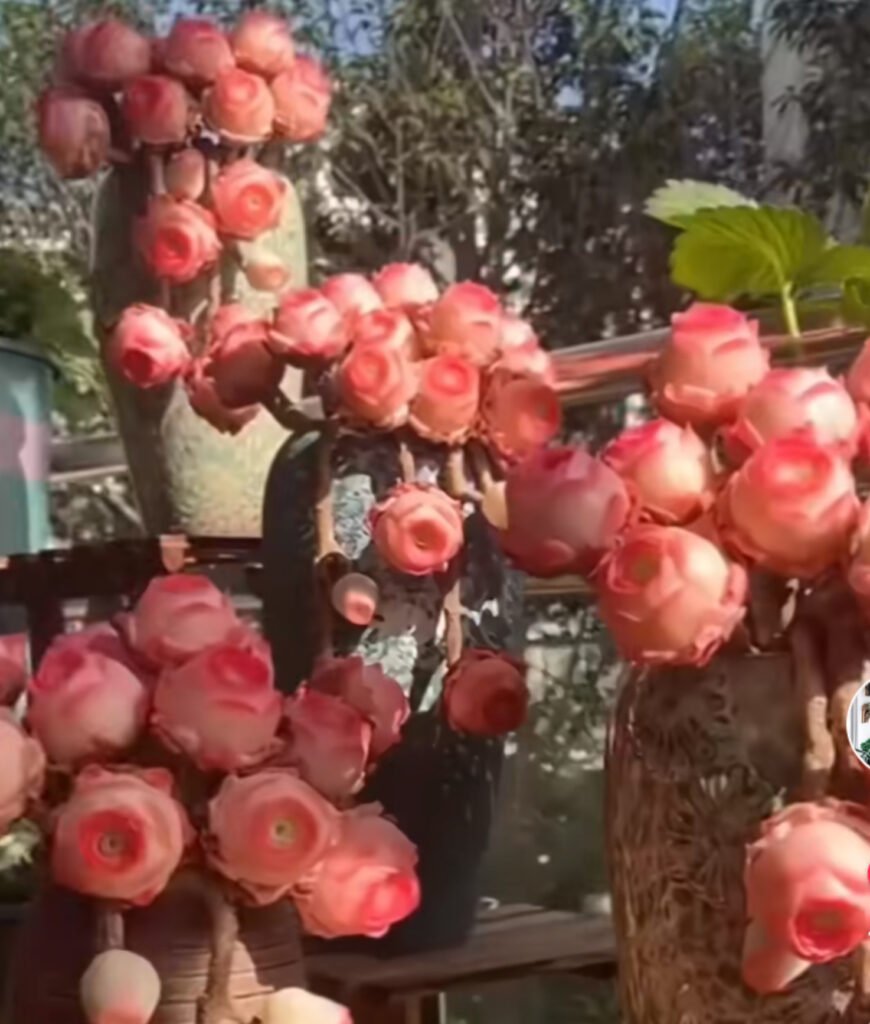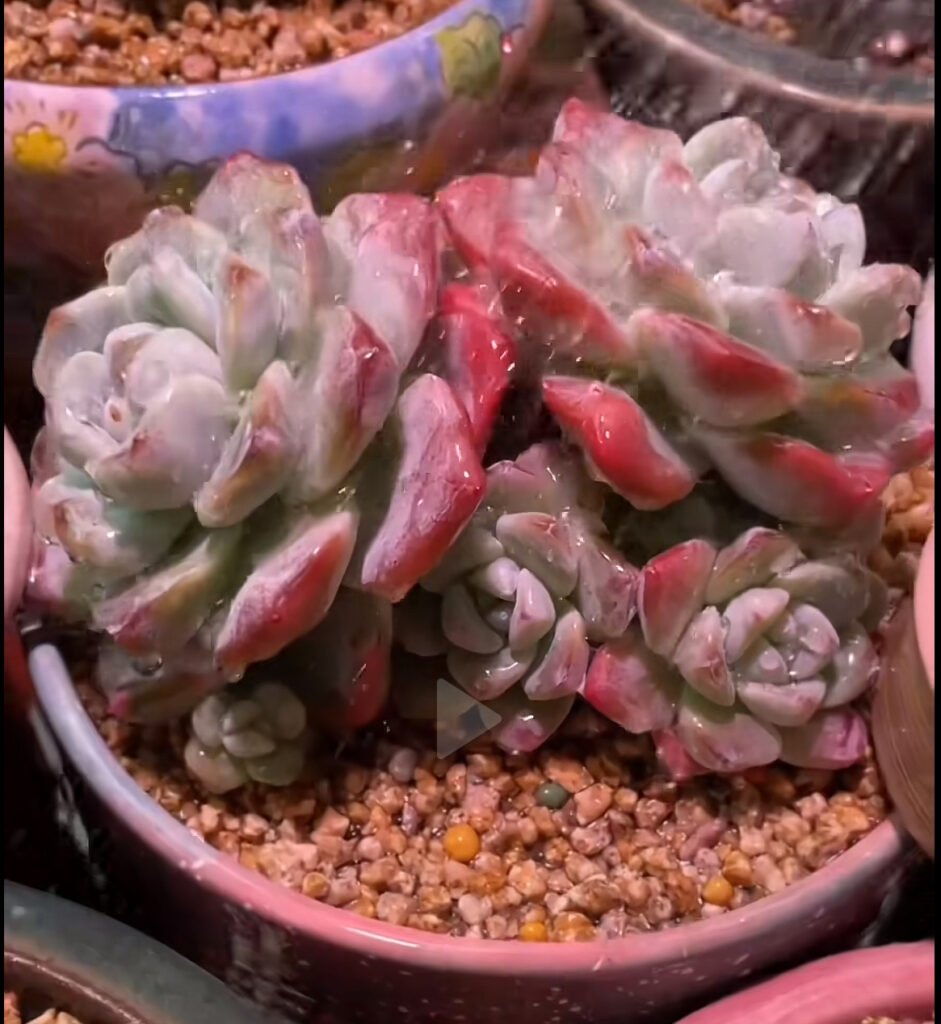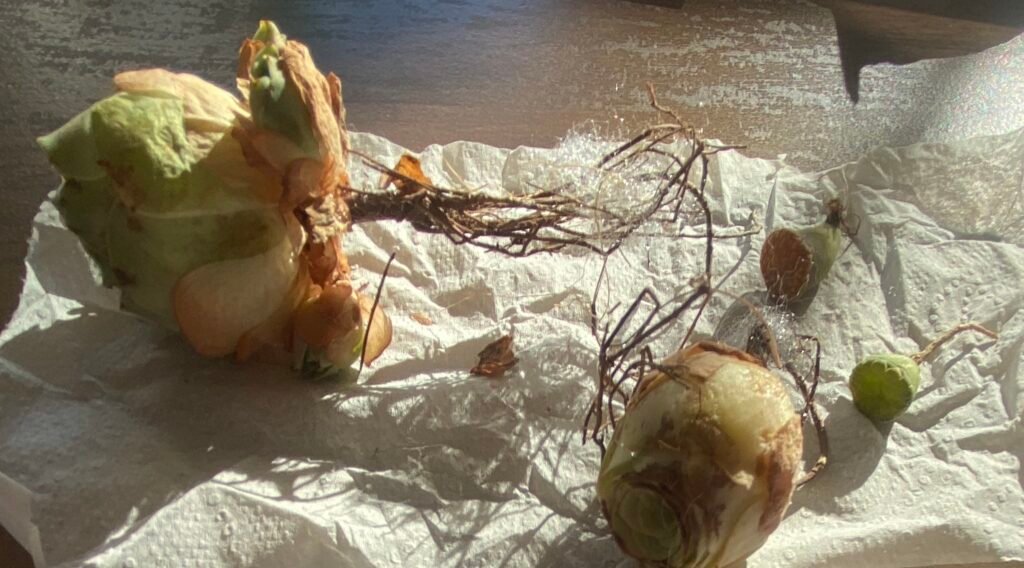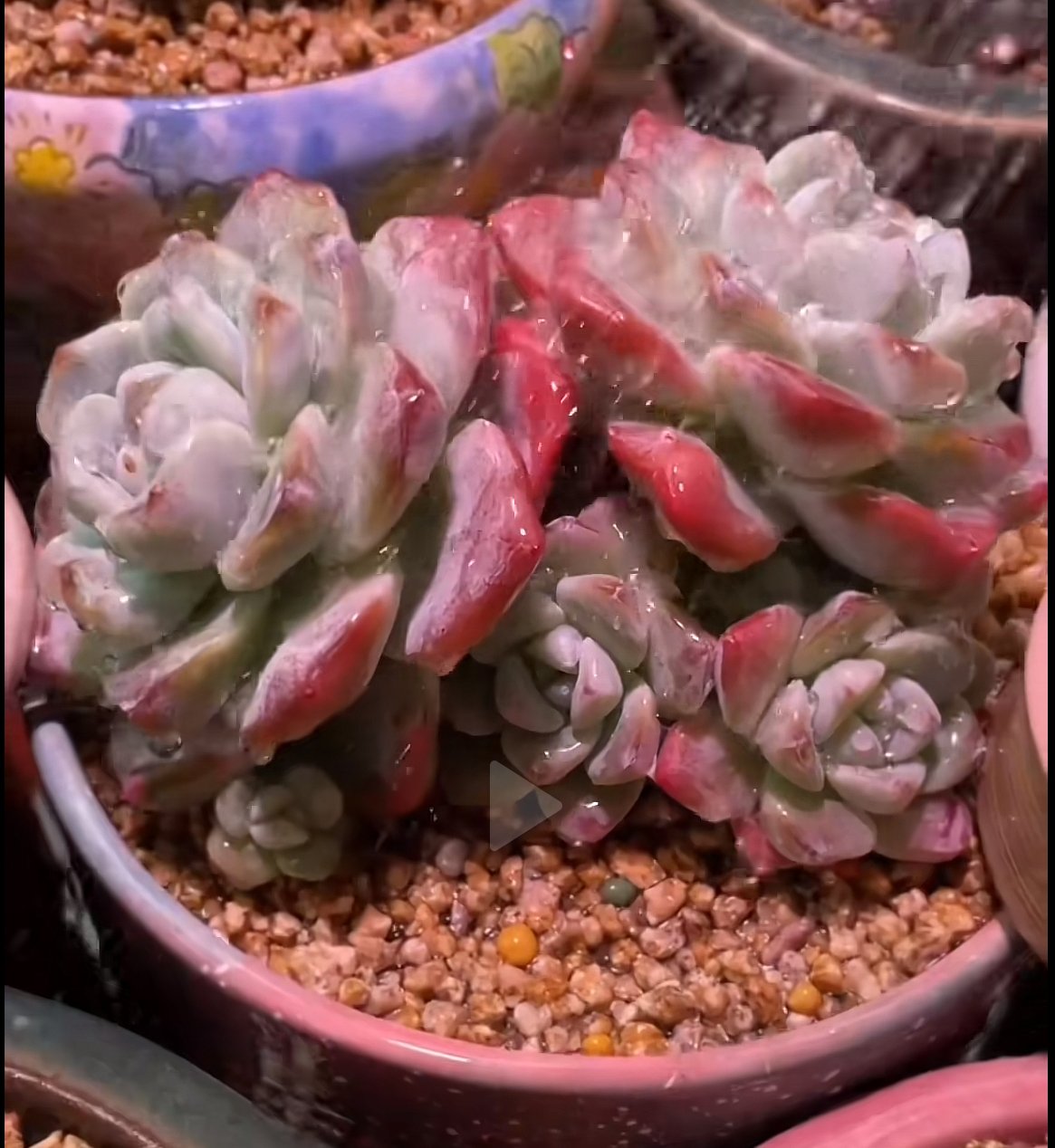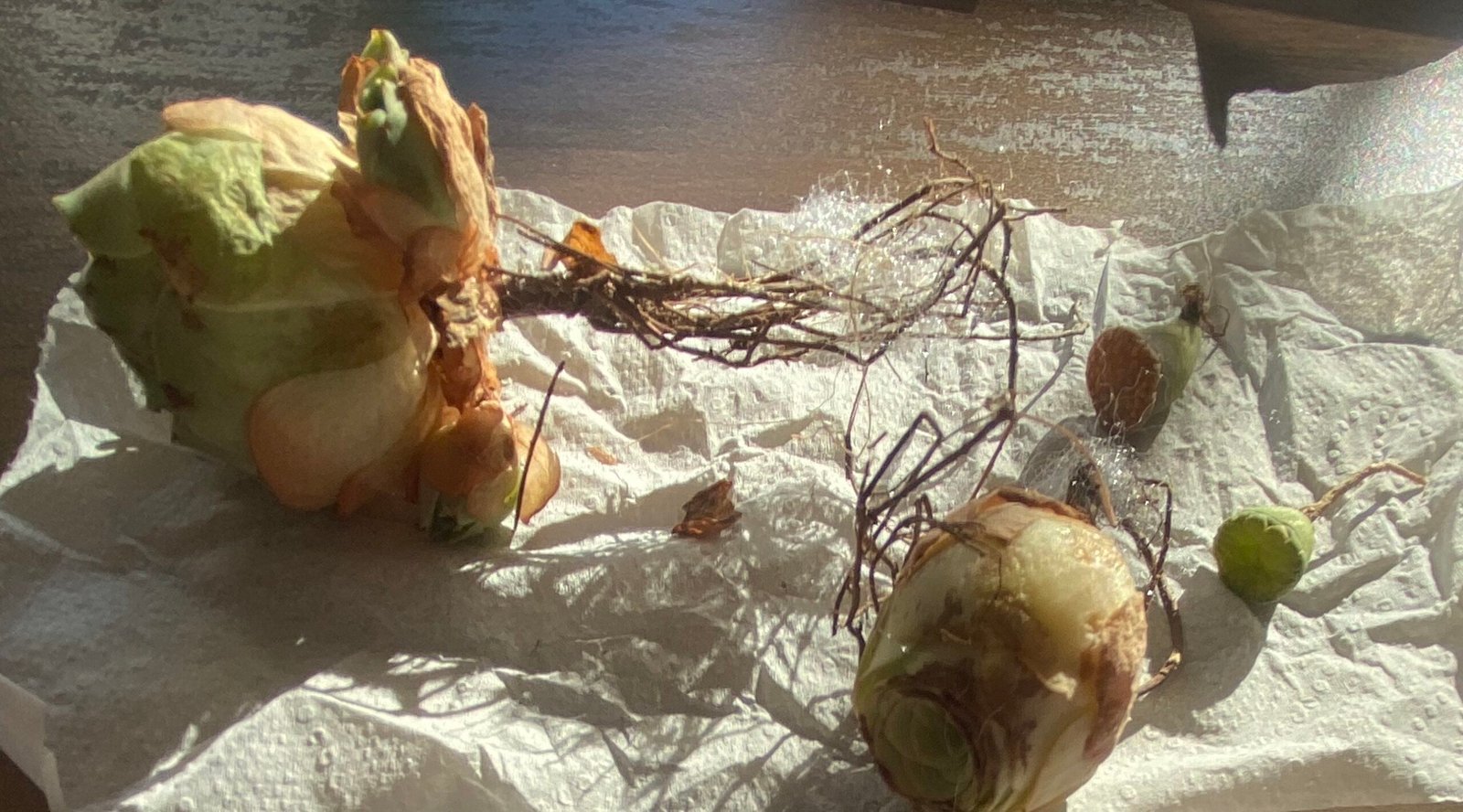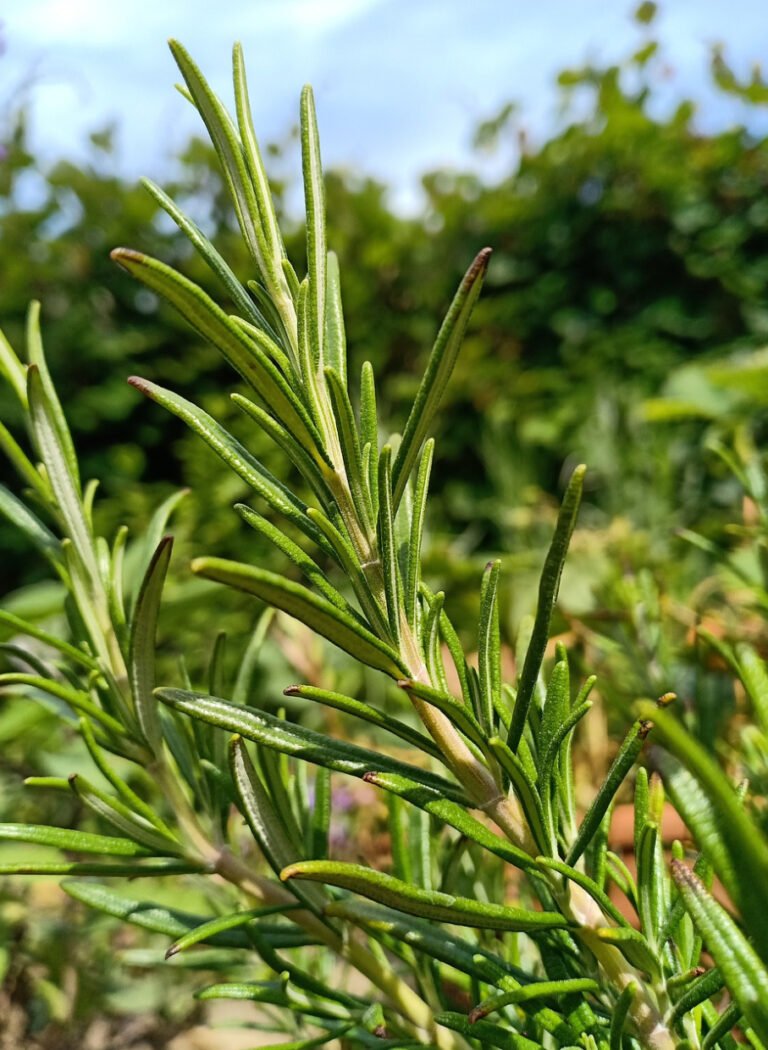When and how can we plant and care for mountain rose?
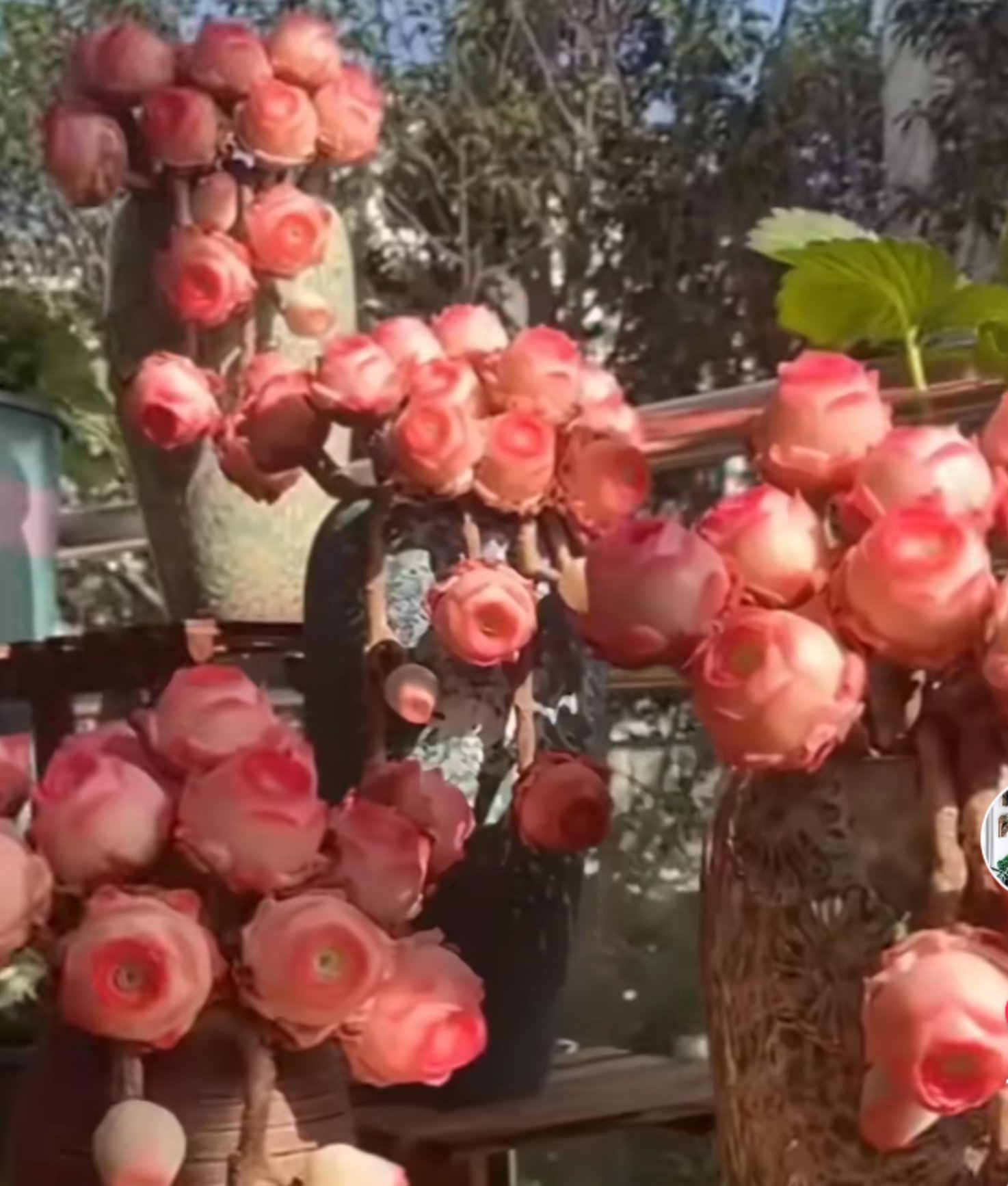

Key Takeaways:
- Plant in early spring or fall for optimal root establishment.
- Provide partial shade or full sun depending on altitude and region.
- Use acidic, well-drained soil and apply organic mulch to retain moisture and add acidity.
- Water regularly but avoid soggy soil conditions.
- Fertilize in spring with acid-loving plant food and prune after flowering.
- Watch for pests and treat any signs of disease early.
Planting and caring for mountain rose (Rhododendron ferrugineum) requires attention to its natural habitat and specific needs, as it thrives in cooler, mountainous regions. Here’s a detailed guide on when and how to plant and care for it:
1. Best Time to Plant Mountain Rose
- When to Plant: The ideal time to plant mountain roses is in early spring or fall. These seasons offer mild temperatures, which allow the plant to establish its roots before the heat of summer or the freezing temperatures of winter. Spring planting is often recommended in cooler climates, while fall works well in milder areas.
2. Choosing the Right Location
- Sunlight: Mountain rose thrives in partial shade to full sunlight. In higher altitudes, it benefits from more sunlight, but in lower altitudes, where the sun is stronger, it’s best to provide partial shade, especially during the hottest parts of the day.
- Soil: These plants prefer acidic, well-drained soil, similar to what is found in their natural alpine habitat. The soil should be rich in organic matter and have a pH between 4.5 and 6. Avoid heavy clay soils that retain too much water, as mountain roses are sensitive to root rot.
- Spacing: Plant the bushes at least 3-5 feet apart to give them room to spread and to ensure good air circulation, which helps prevent diseases.
3. Planting Steps
- Prepare the Soil: Before planting, amend the soil with organic compost or peat moss to improve drainage and add acidity if needed. You can test the soil’s pH and adjust it with sulfur or specialized soil acidifiers if necessary.
- Dig the Hole: Dig a hole that is about twice as wide and as deep as the plant’s root ball. Rhododendrons have shallow roots, so avoid planting them too deep; the top of the root ball should be slightly above the ground level.
- Planting: Place the plant in the hole, ensuring that it is upright. Backfill with the amended soil and gently press down to remove air pockets. Water thoroughly after planting.
4. Watering
- Initial Watering: After planting, water the mountain rose deeply to help the roots establish. Water at the base of the plant rather than overhead to prevent wet foliage, which can lead to fungal issues.
- Regular Watering: Keep the soil consistently moist but not soggy. These plants prefer slightly damp soil, but overwatering can cause root rot. During dry periods, especially in the first few years, provide regular watering to maintain moisture.
5. Mulching
- Why Mulch?: Mulching is essential for mountain roses as it helps retain moisture, keeps the roots cool, and prevents weeds. Organic mulches, such as pine needles or bark chips, are ideal because they also add acidity to the soil as they break down.
- How to Mulch: Apply a 2-3 inch layer of mulch around the base of the plant, keeping it a few inches away from the stem to prevent rot.
6. Fertilizing
- Fertilizing Schedule: Feed mountain roses once a year in early spring, just as new growth begins. Use a fertilizer formulated for acid-loving plants, such as one made for azaleas or rhododendrons. Avoid over-fertilizing, as it can burn the plant or promote excessive leaf growth at the expense of flowers.
- How to Fertilize: Apply the fertilizer around the drip line (the area under the plant’s outermost leaves) and water it in well. You can also use slow-release granular fertilizers or organic compost.
7. Pruning
- Why Prune?: Pruning helps shape the plant, remove dead or diseased branches, and promote more vigorous flowering. Mountain roses do not need heavy pruning, but light shaping can enhance their appearance.
- When to Prune: The best time to prune is right after flowering, in late spring or early summer. Pruning too late in the season can remove flower buds that form for the following year.
- How to Prune: Use clean, sharp pruning shears to cut back any dead or damaged branches. Remove any crossing or crowded branches to allow for better airflow. If the plant has grown too large, selectively trim back branches to reduce size without affecting its natural shape.
8. Pest and Disease Management
- Common Pests: Mountain roses are susceptible to pests like aphids, spider mites, and lace bugs. Regularly check the undersides of leaves for signs of pests and treat with insecticidal soap or neem oil if necessary.
- Diseases: Rhododendrons can be affected by fungal diseases such as powdery mildew, root rot, and leaf spot. Ensure good air circulation around the plant, avoid overhead watering, and remove any diseased foliage immediately. If necessary, use a fungicide to treat fungal infections.
9. Winter Care
- Winter Protection: Mountain roses are hardy, but in colder climates, they can benefit from winter protection. Apply a thicker layer of mulch around the base in late fall to insulate the roots.
- Covering: In areas with harsh winters, consider covering the plant with burlap to protect it from drying winds and freezing temperatures. Remove the cover in early spring as the weather warms up.
10. Blooming
- When Do They Bloom?: Mountain roses typically bloom in late spring to early summer, producing clusters of bell-shaped pink or red flowers.
- Encouraging Blooms: Ensure the plant receives adequate sunlight and regular feeding. Deadhead spent flowers to promote new blooms and prevent energy from being used on seed production.
Key Takeaways:
- Plant in early spring or fall for optimal root establishment.
- Provide partial shade or full sun depending on altitude and region.
- Use acidic, well-drained soil and apply organic mulch to retain moisture and add acidity.
- Water regularly but avoid soggy soil conditions.
- Fertilize in spring with acid-loving plant food and prune after flowering.
- Watch for pests and treat any signs of disease early.
